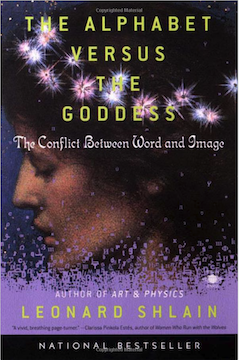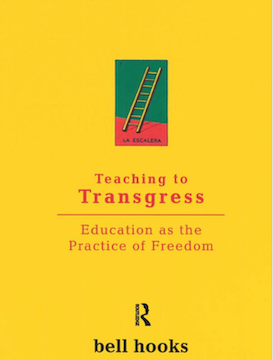touchstones
consider . . .
Knowledge rooted in experience shapes what we value and as a consequence how we know what we know as well as how we use what we know.
bell hooks, American author, professor, feminist, and social activist who focuses on the intersectionality of race, capitalism, and gender. Teaching Critical Thinking: Practical Wisdom
Liberating education consists of acts of cognition, not transferals of information.
Through the exploration of questions and the discovering of ideas an act of liberation, true learning, occurs.
One has to truly think in order to truly learn.
Paulo Reglus Neves Freire, a Brazilian educator whose revolutionary pedagogical theory influenced educational and social movements throughout the world. Pedagogy of the Oppressed
Critical thinking is thinking about your thinking while you're thinking in order to make your thinking better.
Linda Elder and Richard Paul, American authors and scholars of critical thinking, devise ways to engage students in rigorous self-assessment. Their theories of critical thinking require the cultivation of the core intellectual responsibilities of intellectual humility, perseverance, and integrity. Any rich intellectual environment, alive with curious and determined students, depends on a foundation in critical thinking. “Assumption hunting,” a necessary and primary part of critical thinking, recognizes and challenges assumptions in the search for truth. Becoming a Critic Of Your Thinking
[Critical thinking is a] desire to seek, patience to doubt, fondness to meditate, slowness to assert, readiness to consider, carefulness to dispose and set in order; and hatred for every kind of imposture.
Francis Bacon, an English Renaissance statesman and philosopher, best known for his promotion of the scientific method.
We should not see print and electronic literature as in competition, but rather in conversation. The more voices that join in, the richer the dialogue is likely to be.
N. Katherine Hayles, an American literary critic whose contribution to the fields of literature and science considers the neurological consequences of working through, with, and alongside media. In her approach to locating digital work within print traditions and vice versa, Hayles examines the evolution of the humanities and how digital humanities change academic scholarship, research, teaching, and publication.
When digital media, when skimming and scanning, or “hyper reading,” analysis through machine algorithms and close reading, Hayles contends that we must understand both the limitations and possibilities of each. How do we think?
I don't think that design needs theory, but I think designers need theory.
Johanna Drucker, an American author, book artist, and cultural and visual theorist critiques visual language: letterforms, typography, visual poetry, and digital aesthetics. Internationally renowned for her book art, she touches on themes that include "the exploration of the conventions of narrative prose and the devices by which it orders, sequences, and manipulates events according to its own logic" as well as "the use of experimental typography to expand the possibilities of prose beyond the linear format of traditional presentation."
recommended
Afrikan Alphabets
The Story of
Writing in Afrika
Saki Mafundikwa; Mark Batty Publisher
The Alphabet
Versus
T
he Goddess
Leonard Shlain; The Penguin Group
The Elements
of Typographic Style
Robert Bringhurst; Hartley and Marks Publishers
Graphic Design
The New Basics
Ellen Lupton, Jennifer Cole Phillips
Princeton Architectural Press
Start Somewhere
Teaching to Transgress
Education
as the
Practice of Freedom
bell hooks; Routledge
Thinking with type
A Critical Guide
for Designers, Writers, Editors,
& Students
Ellen Lupton; Princeton Architectural Press
Total Armageddon
A Slanted Reader
on Design
Writing
for the
Design Mind
Natalia Ilyin; Bloomsbury Visual Arts
student’s questions
How to Ask for Letters of Recommendation https://careerplan.commons.gc.cuny.edu/blog/letters-of-recommendation









